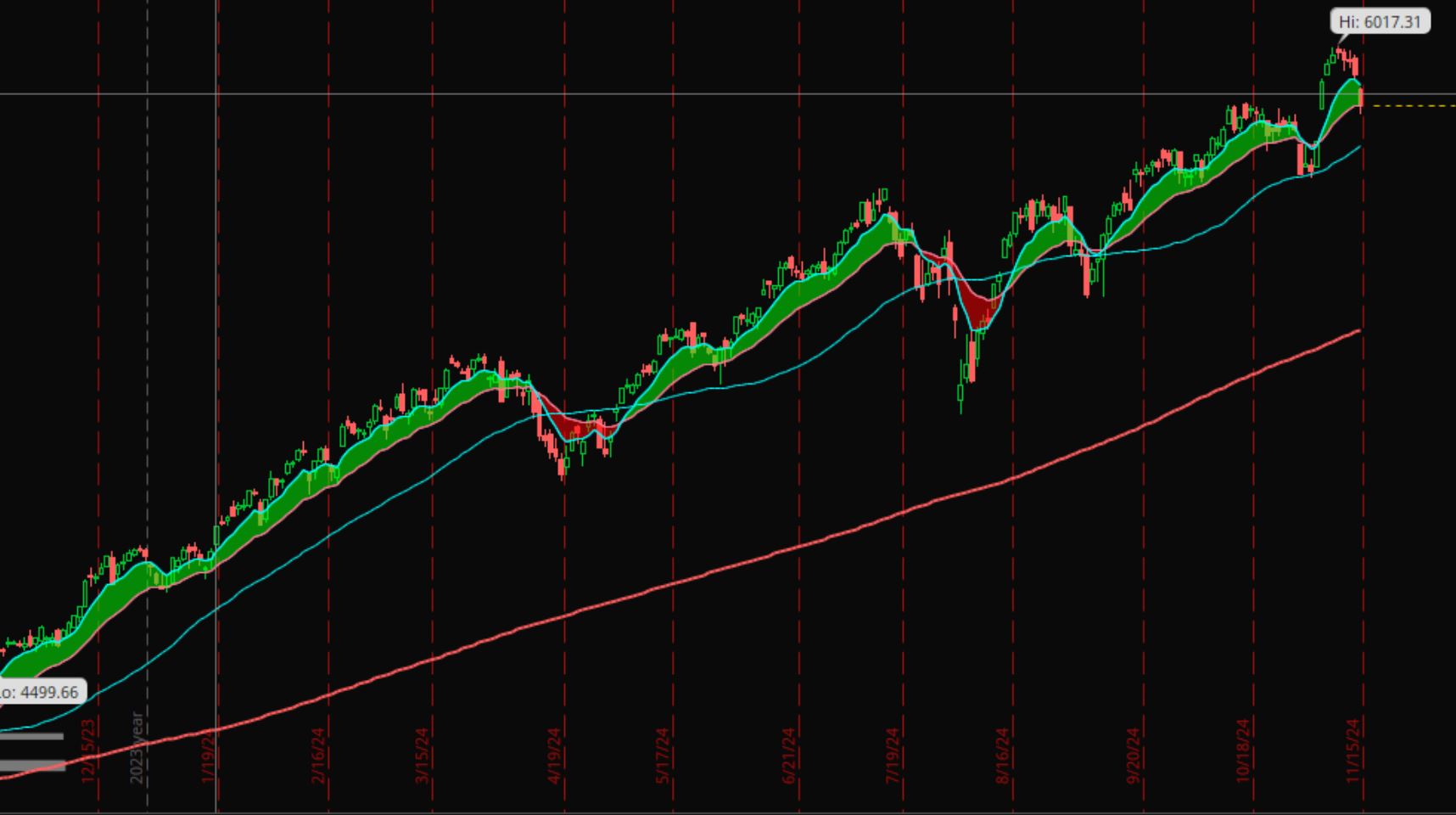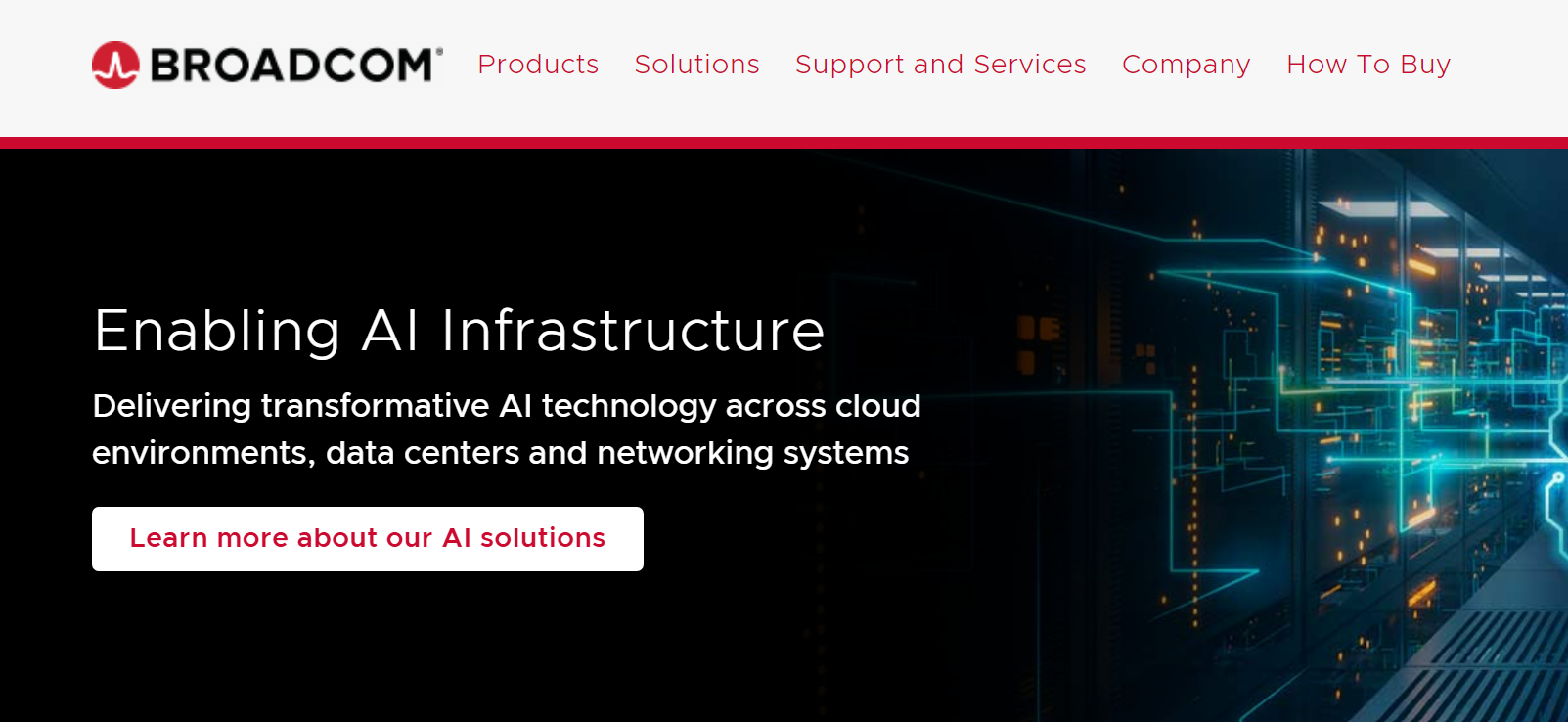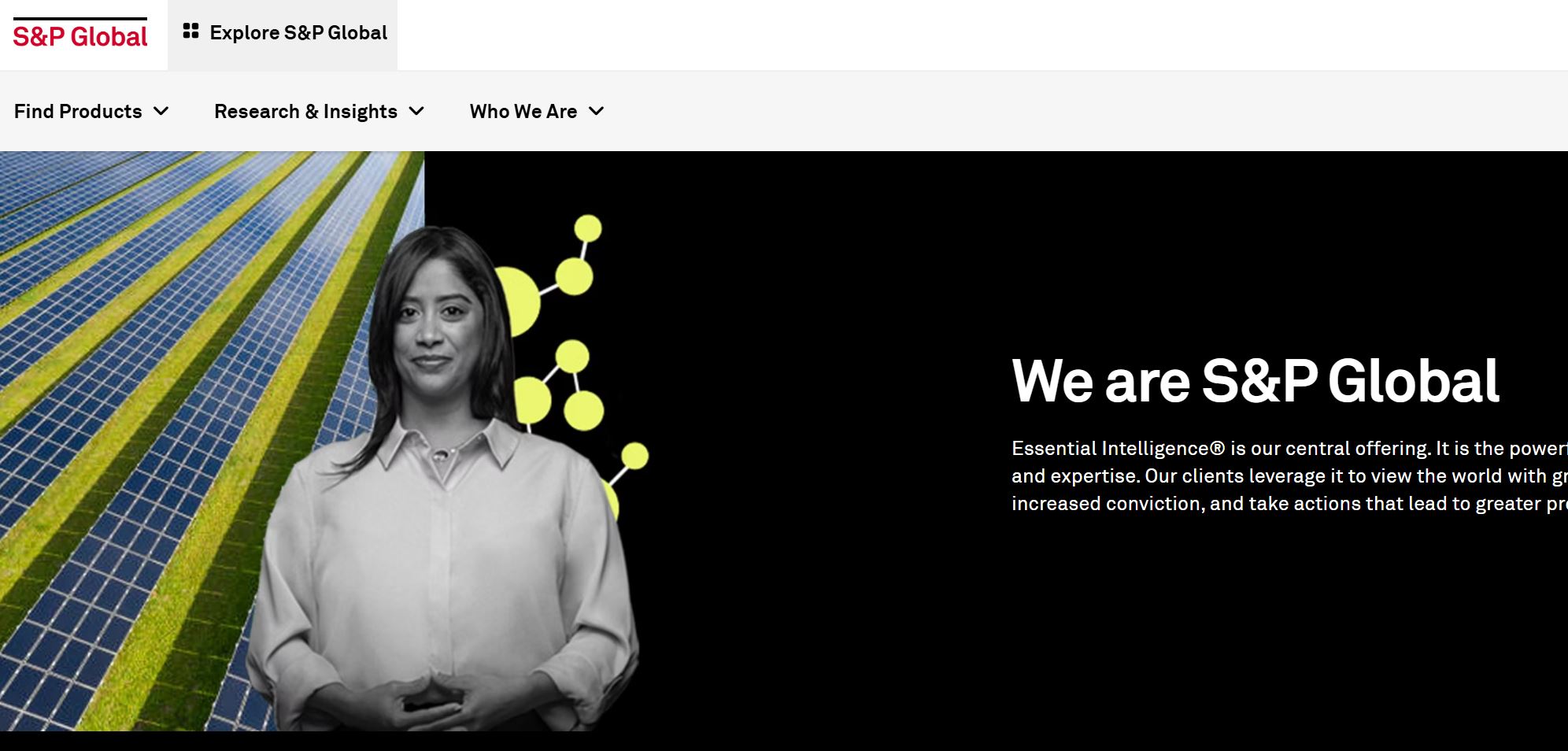Long-term success in investing often hinges on selecting high-quality companies that have sustainable competitive advantages, solid financial health, and growth potential. In this chapter, we’ll explore the key characteristics to look for when analyzing companies.
1. Economic Moat: Defensibility in a Competitive Market
A company with an economic moat has a durable competitive advantage that protects its market share and profitability. Moats come in various forms:
Cost Advantage: The company produces goods or services more cheaply than competitors (e.g., Walmart, Costco).
Brand Power: A trusted, well-recognized brand commands customer loyalty and pricing power (e.g., Apple, Coca-Cola).
Switching Costs: High costs or inconvenience discourage customers from switching to competitors (e.g., Adobe, Microsoft).
Network Effects: The value of the product or service increases as more people use it (e.g., Visa, Meta).
Efficient Scale: The company operates in a market where it is difficult for new competitors to gain significant market share due to high barriers to entry (e.g., utilities, railroads).
2. Consistent Revenue and Earnings Growth
High-quality companies often demonstrate consistent and predictable growth in revenue and earnings over time. Look for:
Steady growth over several years (avoid companies with highly erratic performance).
Low cyclicality—companies that can weather economic downturns (e.g., consumer staples or healthcare).
3. Strong Financial Health
Examine the company’s financial stability by analyzing key metrics:
Debt Levels: Low or manageable debt relative to equity or cash flow.
Free Cash Flow (FCF): A positive and growing FCF indicates a company’s ability to reinvest in its business or return value to shareholders.
Profit Margins: Consistently high margins signal efficiency and pricing power.
4. Return on Equity (ROE) and Return on Invested Capital (ROIC)
Companies with high ROE and ROIC demonstrate efficient use of shareholder capital and investments. These metrics reflect a company’s ability to generate profits from the resources it has available:
Benchmark: Look for ROE and ROIC of 12.5% or higher as a sign of excellent performance.
Context Matters: Compare these metrics to industry peers to understand what constitutes “good” within a particular sector. For example:
In high-growth industries (e.g., technology), aim for 15%+.
In capital-intensive industries (e.g., energy, manufacturing), 10-12% may still reflect strong performance.
Sustainability Over Time: The ability to maintain high ROE and ROIC over several years is a sign of a durable competitive advantage.
5. Resilience in Downturns
High-quality companies are often well-positioned to navigate challenging market conditions. Look for:
History of stable performance during recessions or market corrections.
Dependence on essential products or services (e.g., utilities, healthcare, consumer staples).
6. Capable and Transparent Management
Management quality can make or break a company. Indicators of strong leadership include:
Clear, realistic communication with shareholders (e.g., earnings calls, annual reports).
A track record of delivering on promises.
Evidence of shareholder-friendly policies, such as dividends or buybacks.
7. Valuation Still Matters
Even the best company can become a poor investment if purchased at an inflated price. Evaluating a company’s valuation ensures you’re paying a reasonable price for its future growth potential. Key approaches include:
Price/Earnings (P/E) Ratio: Useful for comparing similar companies, but it should be considered alongside growth rates and industry norms.
Price-to-Free-Cash-Flow (P/FCF) Ratio: Highlights how much you’re paying for a company’s actual cash generation ability.
Discounted Cash Flow (DCF): The most reliable method for assessing a company’s intrinsic value. By projecting future cash flows and discounting them to their present value, the DCF method accounts for the time value of money and provides a comprehensive view of what a company is truly worth.
8. Red Flags to Avoid
Stay vigilant for warning signs that may indicate poor quality or excessive risk:
Declining revenues or earnings over multiple quarters.
High levels of debt relative to industry norms.
Accounting irregularities or legal troubles.
9. Industry Trends and Tailwinds
High-quality companies often operate in industries with favorable long-term trends. Look for businesses benefiting from tailwinds like technological advancements, demographic shifts, or regulatory support.












Leave a Reply